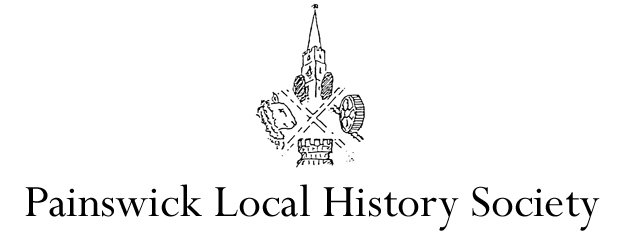Chedworth Roman Villa
The Society’s new season began in September with a thought-provoking presentation by Dr. Nick Humphris on Chedworth Villa. Situated close to Cirencester, a town of great importance to the Romans, Chedworth is one of many villas in the area. It is, however, one of the finest and biggest in Britain. With ongoing archaeological work more features are being uncovered, in particular exquisite mosaics and surprisingly intact pieces of fresco work. The workmanship and artistry are exceptional. There were also very sophisticated hypocaust systems in the villa heating the luxurious dining rooms and bathhouses. With a fresh water spring and a small temple this was the scene of luxurious living with grand hunting parties and lavish entertaining. It was very elaborate and the site of some very high status accommodation. With no extant documentary evidence, the owners and occupiers are unknown. However, there is also no evidence that it was the centre of a farming enterprise, the usual practice for Roman villas, and it was therefore probably simply a very luxurious residence.
Started early in the second century the villa, covering two acres, was extended and upgraded over the next two centuries. After the exit of the Romans from Britain the villa went into decline, obliterated by trees and bramble. Rediscovered in 1864 by John Scott the site was cleared and bought by the National Trust in 1924. Some damage was done during the Victorian recovery, for example a hole in the stunning seasons mosaic in a dining room. However, whatis on view today is both stunning and exceptional – well worth a visit.
